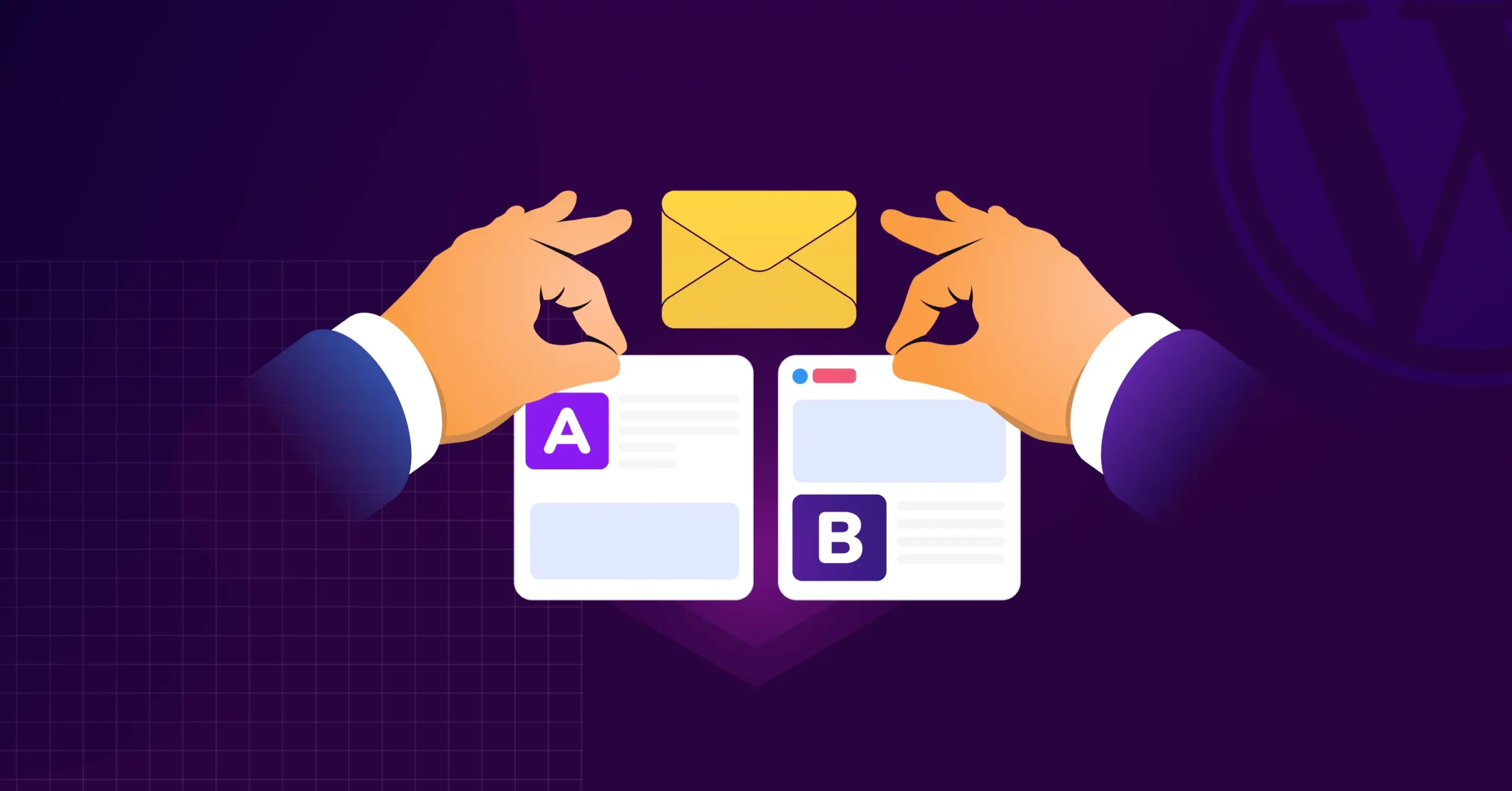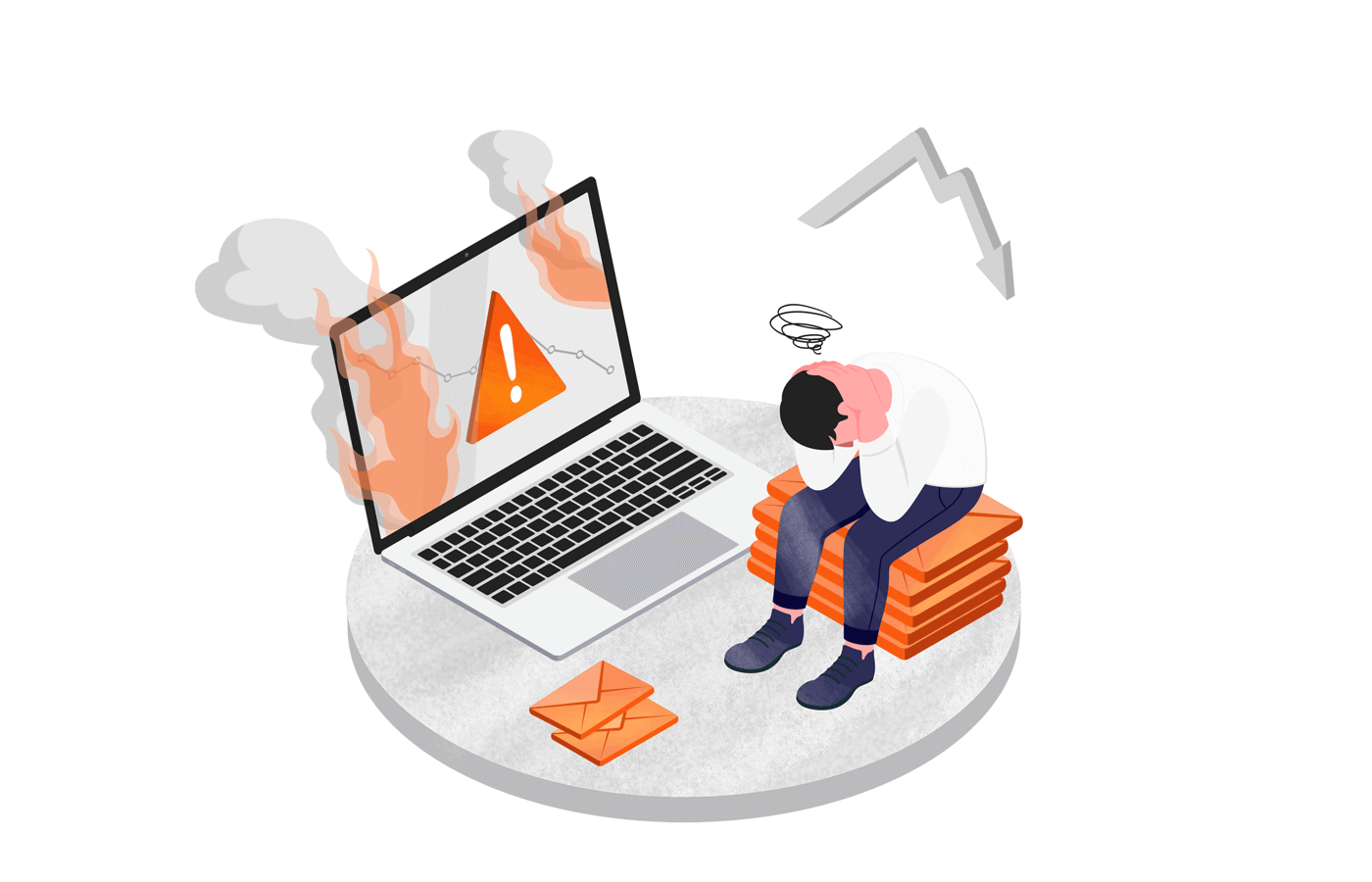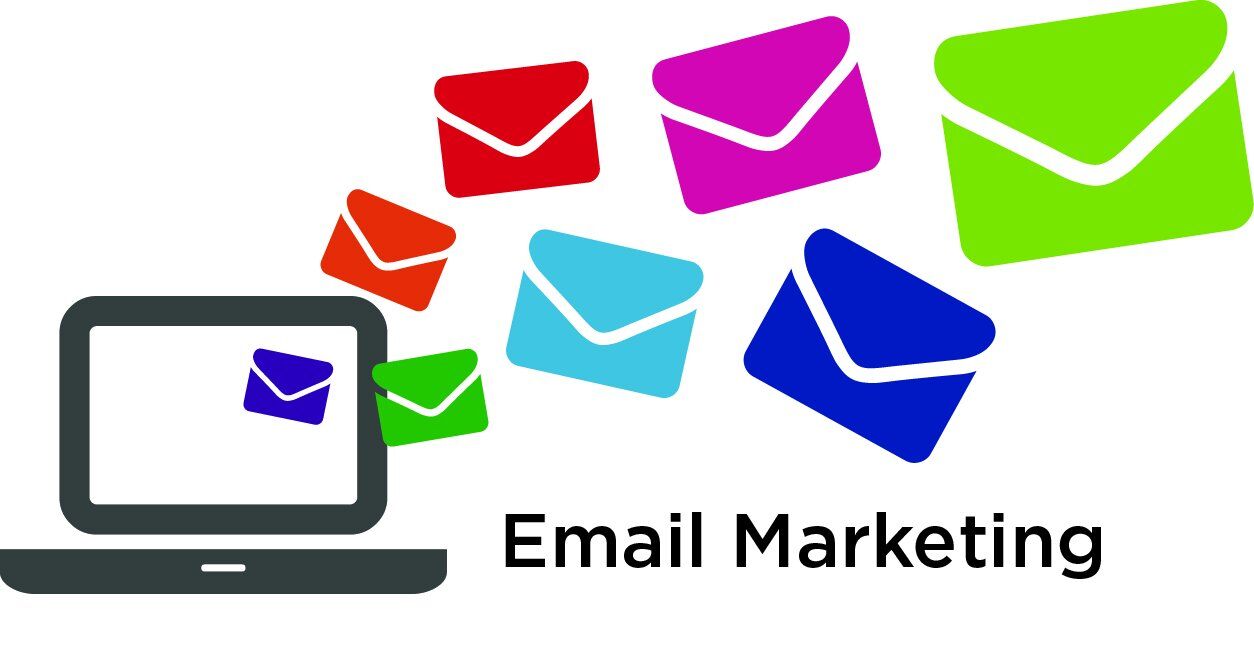
Think about this for a second—because of email, a small business in one corner of the world can close a deal with someone thousands of miles away in just a few minutes. That’s pretty incredible, right? And the potential reach is massive too. With nearly 4 billion email addresses worldwide, email gives businesses an unmatched opportunity to connect with new audiences.
When done right, email isn’t just about sending promotions—it’s about building real, lasting relationships with customers. That’s why so many marketers still swear by it. In fact, more than 40% of B2B marketers call email their most critical success factor. Around 80% of business professionals say it’s their go-to tool for customer retention. And here’s the kicker: email marketing delivers one of the best ROIs of any channel—about $52 for every $1 spent. No wonder 73% of consumers say it’s their preferred way to hear from brands.
Sure, social media might give you instant likes and shares, and traditional advertising still has its charm. But for more than a decade, email has quietly been the consistent performer behind the scenes.
So, let’s break it down—what exactly is email marketing, and how can it help your business grow?
What Exactly Is Email Marketing?
At its simplest, email marketing is what the name suggests: using email to promote your business. But if you scratch beneath the surface, you’ll see it’s really about nurturing relationships.
We’ve all witnessed the bad side of email—spammy clickbait, phishing attempts, or glitch-filled promos that make you hit “delete” before you even finish reading. Unfortunately, that kind of noise has given email marketing a bad reputation. But when businesses do it right, it’s less about spam and more about genuine conversation.
Effective email marketing feels more like a two-way street than a megaphone. It’s about understanding your subscribers, listening to what they care about, and showing up with content that actually matters to them. Think of it as an ongoing cycle: grow your list, learn about your audience, keep them informed, personalize your messages, track performance, and adjust as you go.

ALSO READ: A/B Testing Your Emails: The Secret to Higher Conversions
Proven Ways to Use Email Marketing for Small Businesses
If you’re wondering how to put all this into action, here are a few tried-and-tested approaches:
1. Welcome emails that make a great first impression.
The very first email a subscriber receives is your chance to set the tone. A friendly welcome email (or a short series) introduces your brand, sets expectations, and often earns some of the highest open rates you’ll ever see.
2. Newsletters that keep people connected.
A weekly, monthly, or even bi-monthly newsletter is perfect for keeping your audience in the loop. Share updates about your business, showcase new products, highlight customer reviews, or drop in industry insights. Done well, newsletters feel more like a conversation than a broadcast.
3. Special offers that drive sales.
Running a sale or limited-time promotion? Email gets the word out fast. Even better, you can personalize these messages using behavioral data—remind a customer about a product they’ve browsed, or thank loyal buyers with an exclusive discount.
4. Updates that build trust.
Whether it’s a new feature, a product change, or even just order and shipping confirmations, email is the go-to way to keep customers informed. People now expect these updates, and delivering them smoothly builds credibility for your brand.
5. Reminders that spark action.
Ever left something sitting in an online shopping cart? Brands know this happens all the time—and automated “abandoned cart” emails are a smart way to nudge shoppers back. The same idea works for product retargeting: gently remind customers of what caught their eye.
6. Personal touches for special occasions.
Few things feel more thoughtful than a personalized message on your birthday, anniversary, or another milestone. These little gestures go a long way in making subscribers feel valued.
Final Thoughts
Email marketing may not be flashy, but it’s one of the most powerful tools a business can use. When done with care, it’s not about flooding inboxes—it’s about building trust, strengthening connections, and guiding people closer to your brand.
And with numbers like these, it’s clear: email isn’t going anywhere anytime soon.



